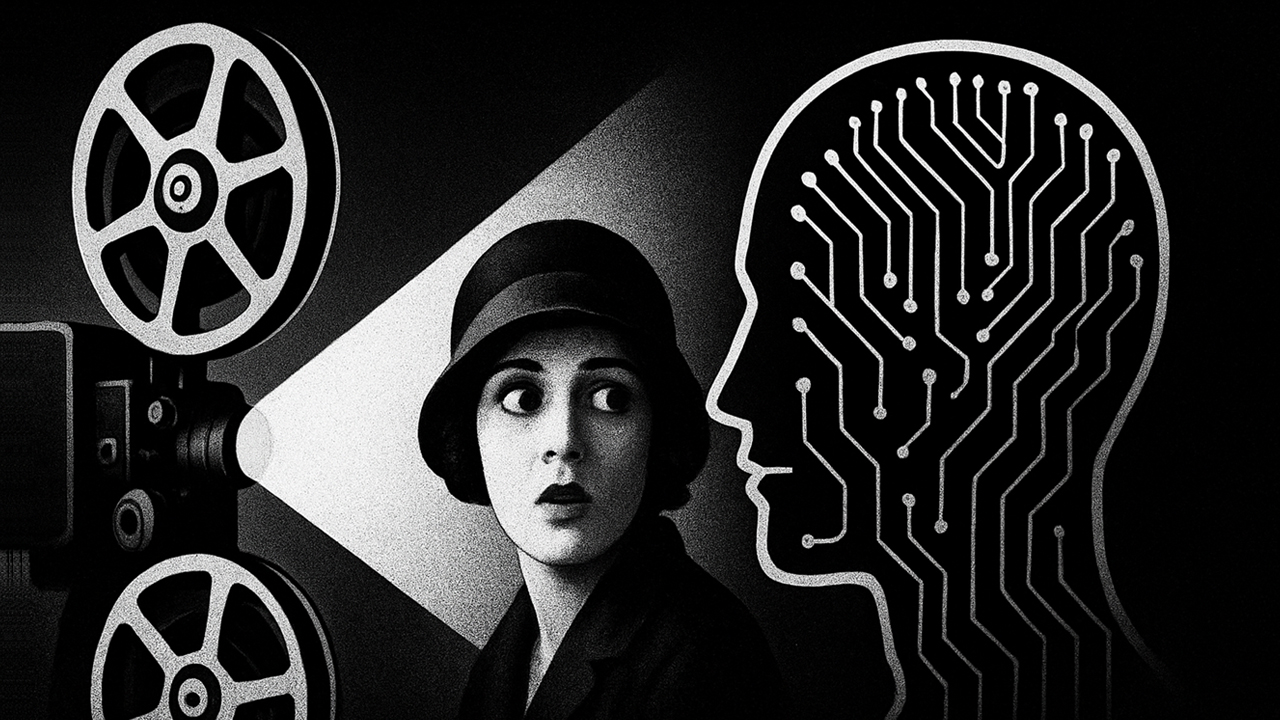
When the Lumière brothers first projected moving images on a screen in 1895, audiences gasped not at the story, but at the motion itself. Cinema was born not just as an art form, but as a technological marvel. Every era since has witnessed a new invention that pushed the medium’s boundaries from the silent era to synchronized sound, from black-and-white to color, from film reels to digital cameras, and now, from traditional craftsmanship to the transformative possibilities of artificial intelligence.
Each leap has sparked both excitement and anxiety. When sound arrived in the late 1920s, purists mourned the death of silent cinema. When color made its debut, some feared it would dilute the purity of composition and light. Decades later, when digital cameras began replacing film stock, even legendary directors like Christopher Nolan and Quentin Tarantino stood firmly in defense of celluloid. Yet time has shown that every wave of technology didn’t destroy cinema; it reshaped it, refined it, and opened new frontiers of storytelling.
Artificial Intelligence is simply the next chapter in that ongoing dialogue between technology and creativity. Much like editing software or visual effects once did, AI offers filmmakers new ways to imagine, plan, and execute their vision. It is not here to replace creativity it is here to empower it.
Already, AI is streamlining pre-production work that once consumed weeks of effort. Location scouting can now be simulated in virtual environments. Storyboards can be generated from written scripts. Even concept art once reliant on days of manual illustration can be created in minutes using AI-assisted design tools. For independent filmmakers or small production houses, this means democratization. What once required massive budgets and teams is now within reach of anyone with an idea and a laptop.
Yet, it’s not all efficiency and speed. AI is also reshaping aesthetics. Visual effects, for instance, are being reimagined with machine learning enhancing aging actors, restoring damaged footage, or generating lifelike environments. Martin Scorsese’s The Irishman used digital de-aging technology, an early sign of what AI could refine in the coming years. In the hands of a visionary filmmaker, such tools don’t replace storytelling they elevate it.
Of course, the debate is far from one-sided. There are legitimate concerns about authenticity, intellectual property, and the potential misuse of AI-generated performances or scripts. Hollywood’s recent writers’ strike echoed these anxieties — highlighting fears that automation might dilute originality or threaten creative livelihoods. But the truth is, cinema has always evolved through collaboration between human imagination and mechanical innovation.
Consider the advent of CGI in the 1990s. When Steven Spielberg’s Jurassic Park brought dinosaurs to life, critics warned that digital imagery would overtake real storytelling. Instead, CGI became one of the defining languages of modern cinema. The same will likely hold true for AI.
The technology will mature, regulations will emerge, and artists will adapt finding ways to use it responsibly without surrendering their voice.
It’s also important to remember that creativity is not just about tools; it’s about intent. A filmmaker can have the most advanced software and still fail to move an audience. Conversely, one can shoot on a basic camera and create magic through pure vision. AI may predict patterns or generate visuals, but it cannot feel heartbreak, dream nostalgia, or sense irony. That alchemy remains deeply human.
Cinema has always been a mirror of its time a reflection of both societal change and technological progress. Just as the silent film gave way to talkies and talkies to technicolor, today’s industry stands on the threshold of an AI-assisted future. The task now is not to resist it, but to guide it to ensure that technology remains a collaborator, not a dictator.
In the end, every innovation in cinema has faced the same question: will this make us more or less human in our storytelling? The answer has always depended on the artist behind the lens. AI, too, will be defined not by what it can do, but by what filmmakers choose to do with it.
From flickering silent frames to photorealistic digital worlds, cinema’s journey has always been one of evolution. And as AI joins that lineage, it brings with it not a threat, but an invitation to imagine once again, what stories we might tell next.